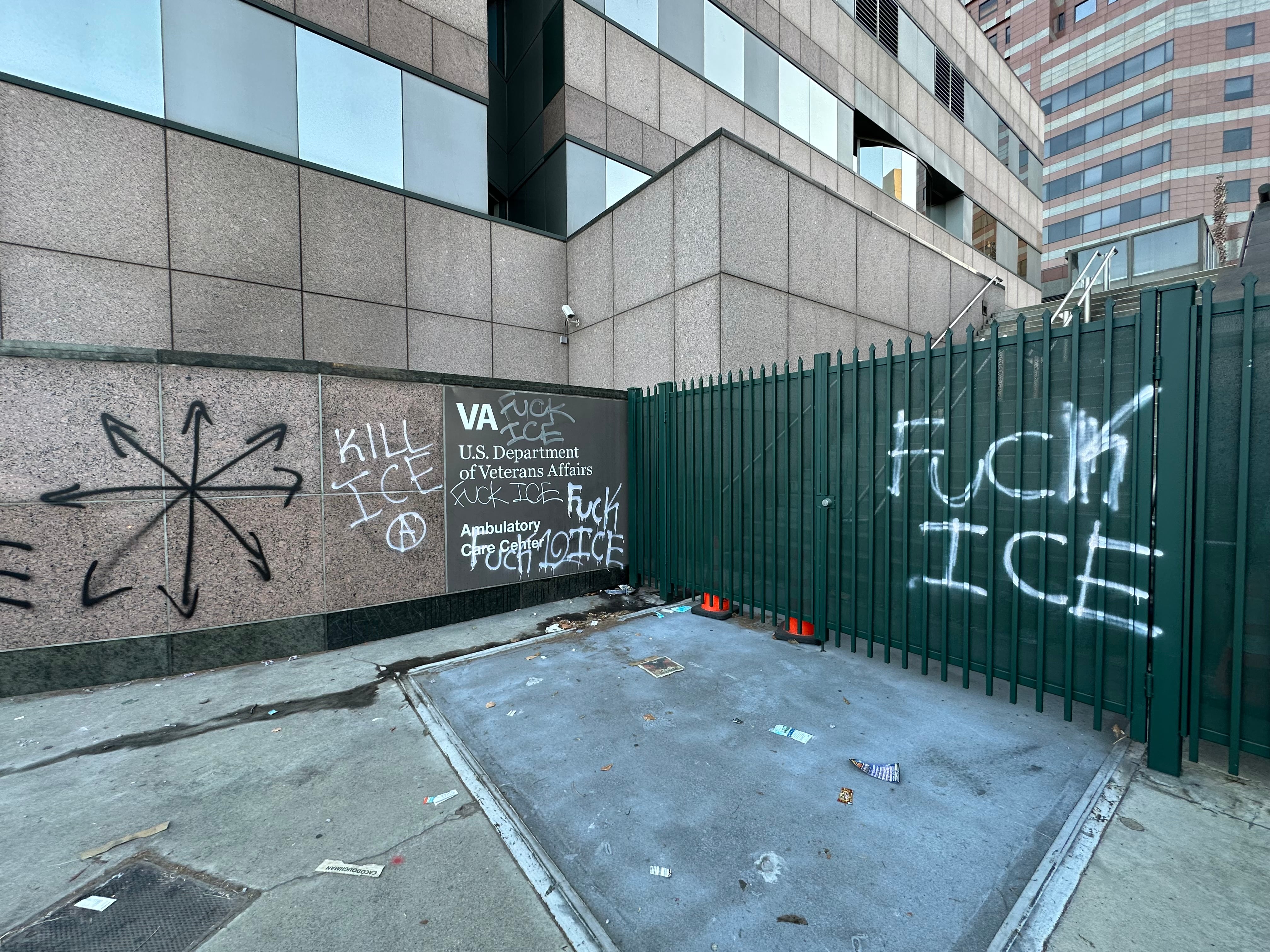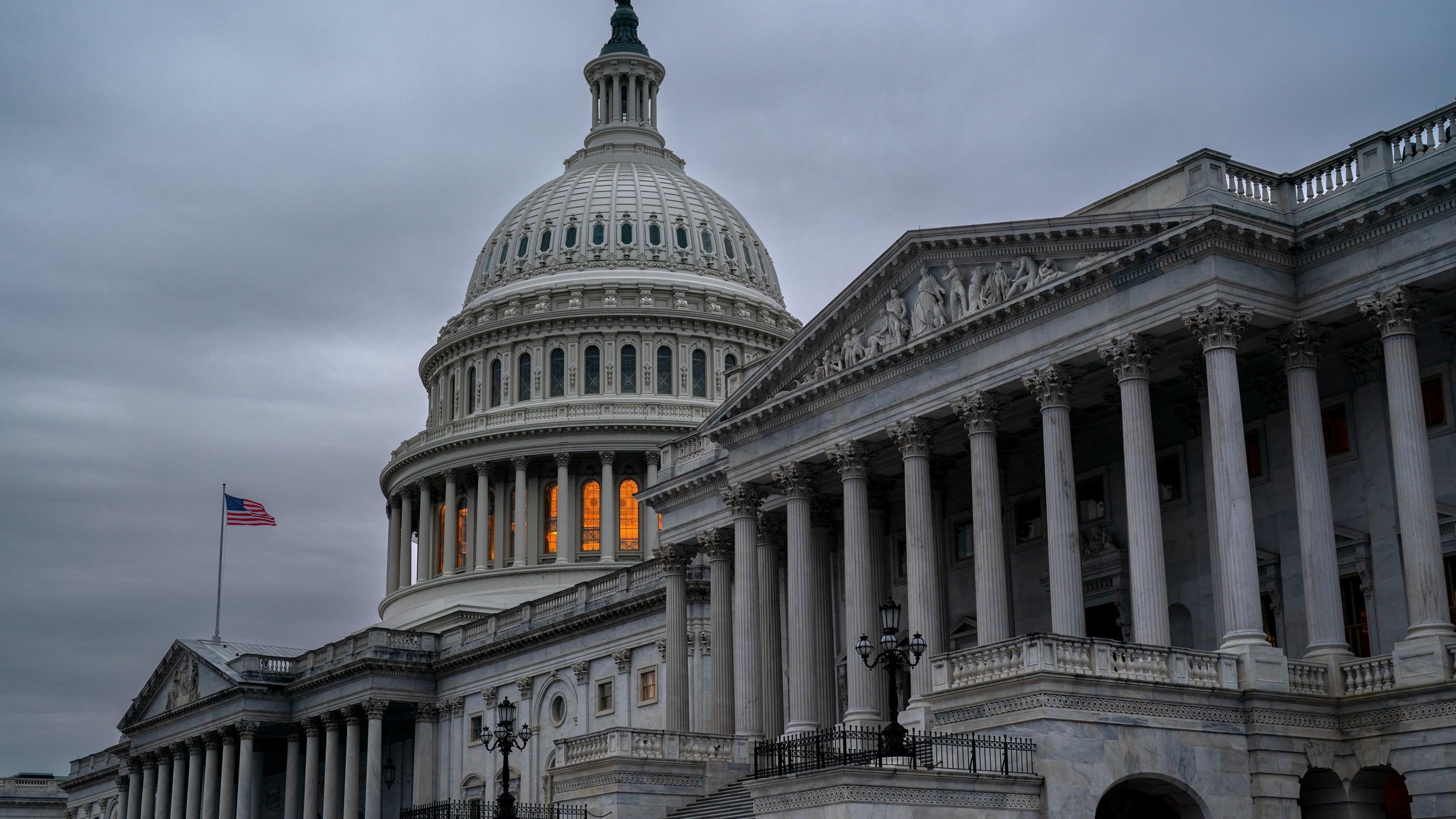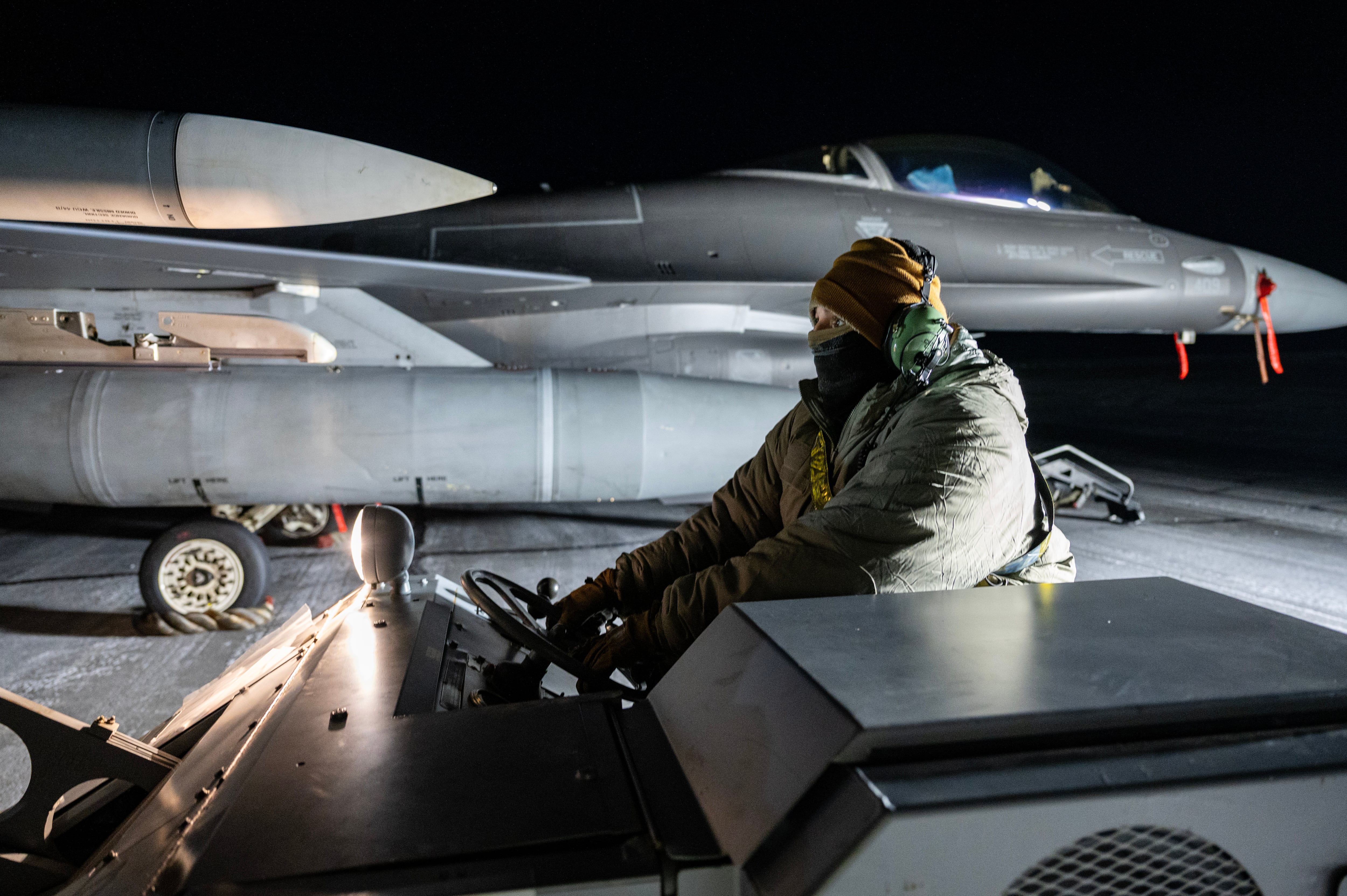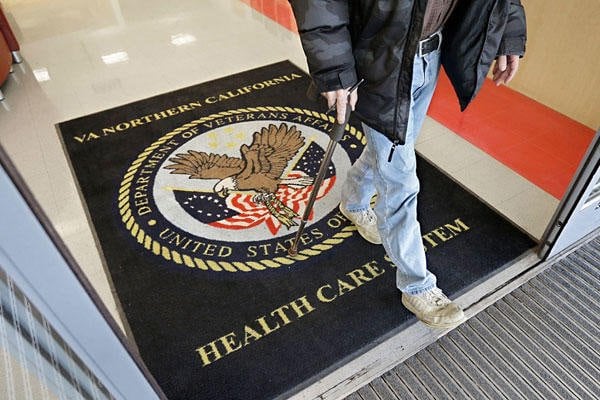The Air Force has failed to fix longstanding racial differences in its military justice system that led to black airmen being punished disproportionately more, according to a new report from the advocacy group Protect Our Defenders.
The group also accused the Air Force of trying to cover up data showing racial disparities in punishments by repeatedly concealing records of a working group set up to fix the problem, embellishing what it had done, and trying to discredit its own statistics.
“The Air Force fought for almost three years to conceal its failure to address racial disparities in its criminal justice system,” Protect Our Defenders president Don Christensen, a retired colonel and the Air Force’s former chief prosecutor, said in Wednesday’s release. “Despite the Air Force’s internal findings in 2016 that it has a 'consistent’ and ‘persistent’ racial disparity in prosecutions of black service members, it appears the Air Force has done nothing in the last four years to solve the problem.”
“Instead, the Air Force dedicated time and effort to cover up its failure to act on any solutions,” Christensen continued. “All service members must have faith that they are treated equally when facing punishment. The Air Force has utterly failed to do that.”
In a statement, the Air Force acknowledged that it still has a long way to go to fix this problem.
“Part of what makes our airmen and space professionals great is who they are — their diversity,” Air Force spokeswoman Ann Stefanek said. “While we have taken steps to elevate unconscious bias training at all levels of our command structure, we have more work to do to identify and remove barriers that stand in the way of our people’s success.”
Stefanek said the Air Force’s programs to raise awareness of and lessen unconscious bias, which began in 2017, have been put into place at venues such as the First Sergeant Academy, squadron commander courses and professional military education courses for both officers and enlisted airmen.
The Air Force also conducted an additional study in 2019 and started requiring unconscious bias training for first line supervisors, and also put into place mentorship programs and other efforts to help young airmen adapt to military culture, Stefanek said.
Stefanek also said that the main disagreement with Protect Our Defenders that led to the FOIA lawsuit was over information created as part of the Air Force’s decision-making process.
Protect Our Defenders released a report in 2017 that showed, using data obtained through FOIA, that racial disparities existed in justice systems across the military — and the racial disparities for courts-martial and non-judicial punishments were highest of all in the Air Force.
Congress ordered the Government Accountability Office to investigate the issue, and in 2019, GAO backed up Protect Our Defenders’ findings. GAO found that across the military, black service members were twice as likely as white service members to be investigated, and that though the Defense Department knew about those racial differences, the military had failed to find their causes and root them out.
The Air Force said it was trying to fix those problems by conducting an internal investigation and setting up a Disparity Working Group to suggest improvements, among other steps. But Protect Our Defenders, citing documents it obtained through a lawsuit, said that group only met briefly, "conducted a superficial review and its recommendations were ignored by the Air Force leadership.”
“Instead, the Air Force has engaged in a multi-year effort to keep the findings and recommendations of its working group hidden, forcing POD to file suit in federal court,” the group said in its report. Those concealed findings “includ[ed] the admission that racial disparity is consistent, persistent and getting worse.”
The working group’s slides, obtained by Protect Our Defenders and included in the report, found that the racial differences were most acute at the E-2 grade. Between 2012 and 2016, black E-2s were punished at more than twice the rate of white airmen. Those discrepancies narrowed over the next few ranks, and became statistically insignificant at the E-6, or technical sergeant, grade.
“If this were the case for airmen that were female, versus male, we would have concerns about what is making the difference, and investigate,” the working group’s slide said. “We clearly must address this disparity in the same way.”
The 2020 Defense funding bill signed by President Trump in December required all services to start tracking the race, ethnicity and gender of troops accused of crimes in the military justice system, as well as victims.
Stephen Losey is the air warfare reporter for Defense News. He previously covered leadership and personnel issues at Air Force Times, and the Pentagon, special operations and air warfare at Military.com. He has traveled to the Middle East to cover U.S. Air Force operations.





